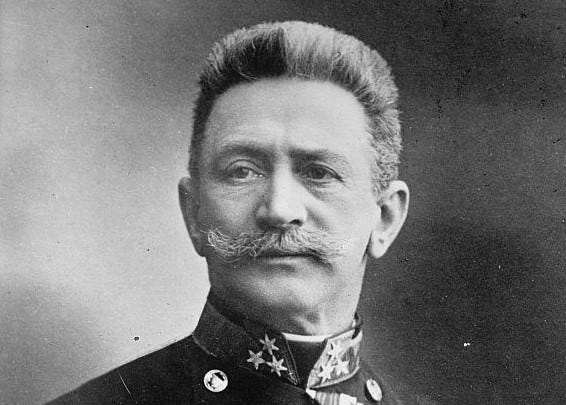Wireless and the Slow Death of Austria-Hungary
Radio in the First World War

Conrad von Hötzendorf was an objectively bad commander-in-chief, one of the worst generals in a war known for terrible leadership. It was hard enough that his army spoke a dozen languages. Much like the patchwo…
Keep reading with a 7-day free trial
Subscribe to Polemology Positions to keep reading this post and get 7 days of free access to the full post archives.

